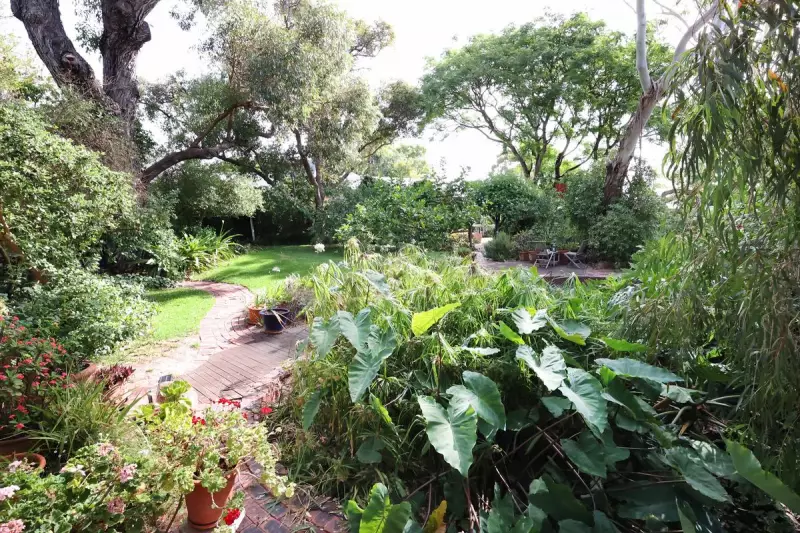
Planting a tree represents more than just a financial commitment—it's an investment of time, care, and hope for the future. For Australian gardeners, selecting the right tree stock can mean the difference between decades of enjoyment and disappointing failure. Understanding how to choose healthy, appropriate trees for your specific conditions ensures your gardening efforts bear fruit for years to come.
Why Tree Quality Matters for Australian Gardens
According to gardening experts, many tree problems that surface years after planting can be traced back to the initial selection. Choosing poor quality stock often leads to stunted growth, disease susceptibility, and structural weaknesses that may not become apparent until the tree is well-established. Given that trees can live for decades—sometimes even centuries—this initial decision carries significant long-term consequences for your garden's ecosystem and aesthetic appeal.
Australian conditions present unique challenges for tree growth, from harsh sun exposure to variable rainfall patterns and specific soil types. Selecting trees adapted to your local environment dramatically increases their chances of thriving while reducing maintenance requirements. The right tree in the right place becomes a valuable asset that enhances property value, provides shade, supports local wildlife, and contributes to environmental cooling.
What to Look for When Selecting Trees
When visiting nurseries or garden centers, several key indicators can help you identify the healthiest specimens. Begin by examining the root system—arguably the most critical component of any tree. Healthy roots should be firm, well-distributed throughout the container, and free from circling patterns that indicate the tree has become pot-bound. Gently remove the tree from its container to inspect the root structure, looking for white or light-colored roots rather than dark, mushy ones.
The tree's overall structure provides another important health indicator. Look for a strong central leader (the main upward-growing stem) and well-spaced branches that form balanced, sturdy angles with the trunk. Avoid trees with multiple leaders competing for dominance, as these often develop weak points prone to splitting during storms. The bark should appear intact and free from cracks, cankers, or unusual swelling that might indicate disease or injury.
Foliage offers additional clues about a tree's vitality. Leaves should display uniform coloring appropriate to the species and season, without excessive yellowing, spotting, or signs of pest damage. While some leaf variation is normal, consistently discolored or undersized leaves often indicate root problems or nutrient deficiencies that will hinder the tree's establishment in your garden.
Seasonal Considerations for Australian Gardeners
Timing plays a crucial role in successful tree establishment across Australia's diverse climate zones. In most regions, autumn and early winter represent the ideal planting periods, as cooler temperatures and increased rainfall help trees establish root systems without the stress of summer heat. This timing allows roots to develop through the milder months, preparing the tree for vigorous spring growth.
However, specific timing recommendations vary between climate zones. Tropical and subtropical gardeners might find the early wet season provides optimal planting conditions, while those in temperate regions often achieve best results with autumn planting. Consult local nurseries or gardening groups for advice tailored to your specific area, as microclimates can significantly influence planting success.
When purchasing trees out of season, provide extra care during the establishment phase. Container-grown trees offer more flexibility than bare-rooted specimens but still require appropriate aftercare to overcome planting stress. Proper watering, mulching, and protection from extreme weather conditions become even more important for trees planted during less-than-ideal seasons.
Making Your Tree Investment Pay Off
Beyond the initial selection, proper planting and early care determine whether your tree investment reaches its full potential. Prepare planting holes that are wider than the root ball but no deeper, ensuring the tree sits at the same soil level it occupied in the container. Amending soil with organic matter improves drainage and provides essential nutrients for developing roots, while avoiding fertilizer directly in the planting hole prevents root burn.
Staking provides necessary support for young trees in windy locations but should allow some natural movement to encourage trunk strength. Use flexible ties that won't damage growing bark, and remove stakes once the tree establishes sufficient stability—usually within one to two growing seasons. Regular watering during the first few years, particularly through dry periods, remains critical for developing the deep root systems that sustain mature trees.
Your relationship with a quality tree extends far beyond the initial purchase. Well-chosen trees become living landmarks in our gardens and communities, providing shade, beauty, and habitat through generations. By investing time in selecting the right tree and providing appropriate care, you contribute to a greener, more sustainable environment while creating a personal connection to the natural world that deepens with each passing year.





